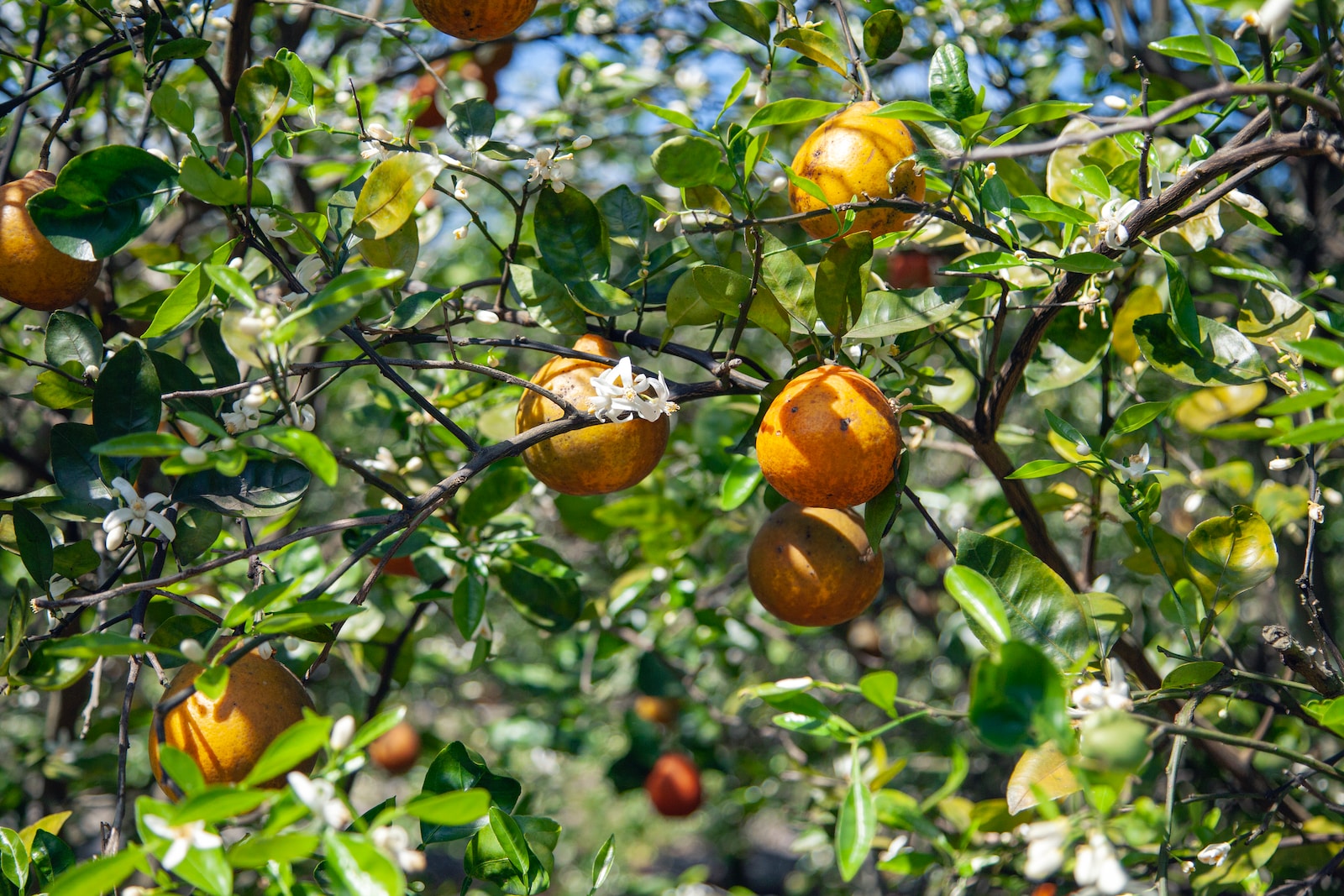Table of Contents
ToggleIntroduction
Florida is famous for its oranges, but the state’s citrus industry is in trouble. The orange crop is facing a double whammy of climate change and disease, resulting in lower production and higher prices. Here’s what you need to know about this crisis and how you can help.
What’s happening to Florida’s oranges?
Florida’s oranges are being hit by two major threats: extreme weather and citrus greening disease.
Extreme weather
Climate change is making extreme weather events more frequent and intense, affecting the growth and quality of oranges. Some of the impacts include:
- Droughts: Droughts reduce the availability of water for irrigation, which can stress the trees and cause fruit drop.
- Floods: Floods can damage the roots and cause fungal infections, which can reduce the yield and quality of oranges.
- Heat waves: Heat waves can increase the evaporation of water from the soil and the transpiration of water from the leaves, which can dehydrate the trees and affect the fruit size and sweetness.
- Frosts: Frosts can damage the flowers and fruits, which can reduce the yield and quality of oranges.
According to a report by the US Department of Agriculture (USDA), Florida’s orange production is expected to drop by 32% from the previous season, reaching its lowest level since 1945¹.
Citrus greening disease
Citrus greening disease, also known as huanglongbing or HLB, is a bacterial infection that affects all types of citrus trees. It is spread by a tiny insect called the Asian citrus psyllid, which feeds on the sap of the leaves.
The disease causes the leaves to turn yellow and mottled, the roots to decay, and the fruits to become small, green, bitter, and misshapen. The disease has no cure and eventually kills the tree.
The citrus greening disease was first detected in Florida in 2005 and has since spread to all 32 citrus-producing counties in the state². The disease has reduced the yield and quality of oranges, as well as increase the cost of production.
How does this affect you?
The decline in Florida’s orange crop has several consequences for you as a consumer, such as:
- Higher prices: As the supply of oranges decreases, the demand and price of orange juice increase. According to a report by CBS News, orange juice prices have risen by 25% since January 2023³.
- Lower quality: As the quality of oranges decreases, so does the quality of orange juice. You may notice that your juice is less sweet, less flavorful, or more acidic.
- Less variety: As some varieties of oranges are more susceptible to climate change or disease than others, you may have less choice in the type of orange juice you buy. For example, Valencia oranges, which are popular for juicing, are more vulnerable to citrus greening disease than other varieties⁴.
What can you do to help?
You may feel powerless in the face of this crisis, but there are some actions you can take to help Florida’s orange crop and your juice, such as:
- Buy local: Buying local oranges or juice can support your local farmers and reduce your carbon footprint. You can also look for organic or certified sustainable products that use less water, pesticides, or fertilizers.
- Reduce waste: Reducing your food waste can save money and resources. You can do this by planning your meals, storing your food properly, using leftovers creatively, or composting your scraps.
- Donate or volunteer: Donating or volunteering for organizations that work to protect or restore Florida’s citrus industry can make a difference. Some examples are:
- The Citrus Research and Development Foundation: A non-profit organization that funds research on citrus diseases, pests, and production⁵.
- The Florida Citrus Mutual: A trade association that represents Florida’s citrus growers and advocates for their interests.
- The Florida Department of Citrus: A state agency that promotes Florida’s citrus products and educates consumers about their benefits.
Florida’s orange crop is facing a serious challenge from climate change and disease, but you can help by being an informed and responsible consumer. By doing so, you can enjoy your juice while supporting a vital industry that provides jobs, income, and environmental benefits to millions of people.







